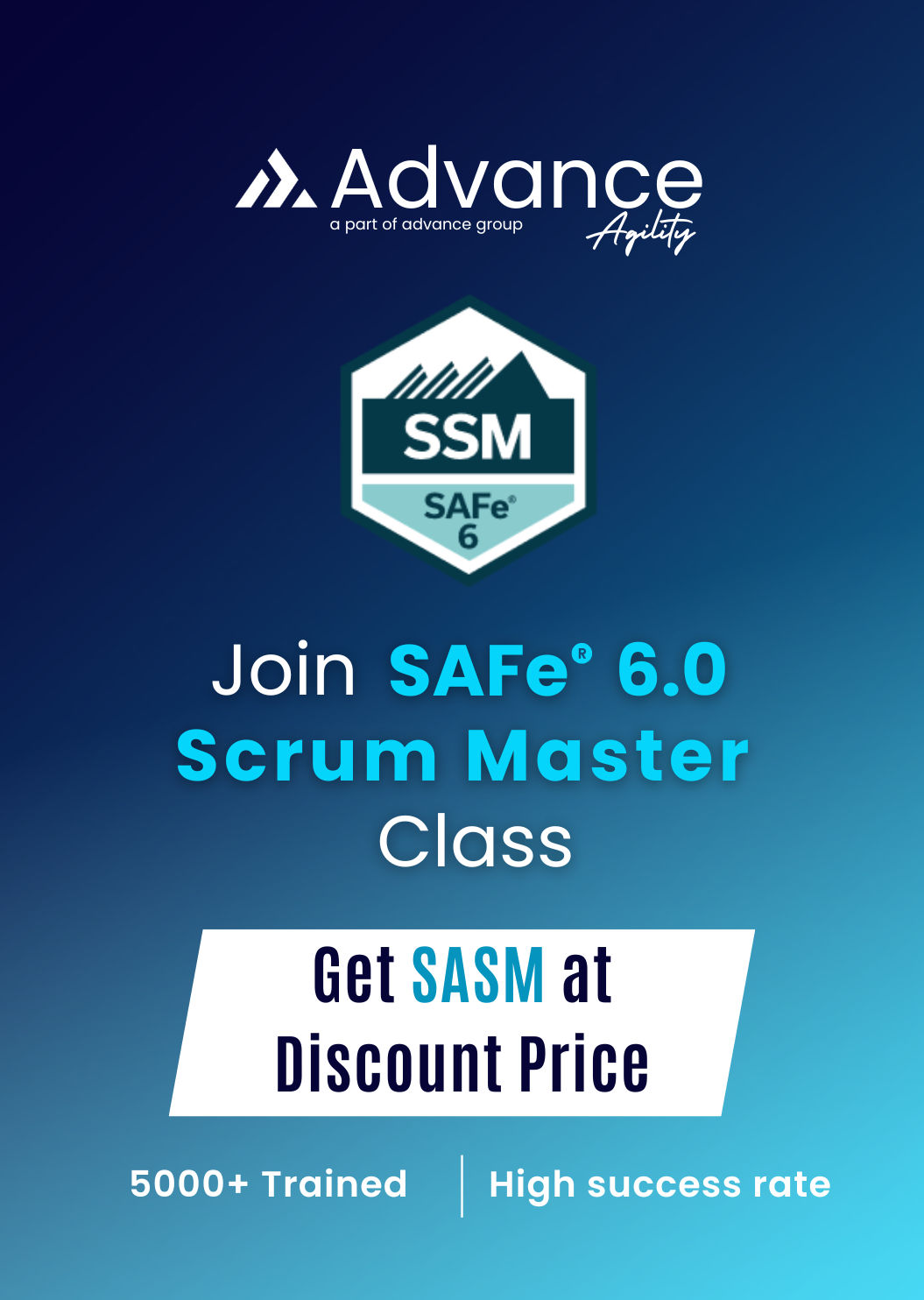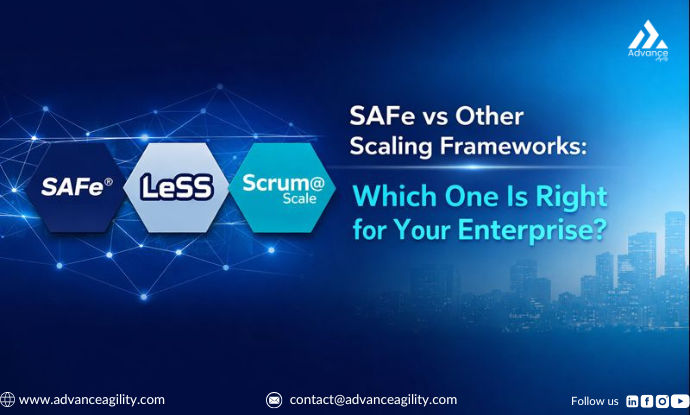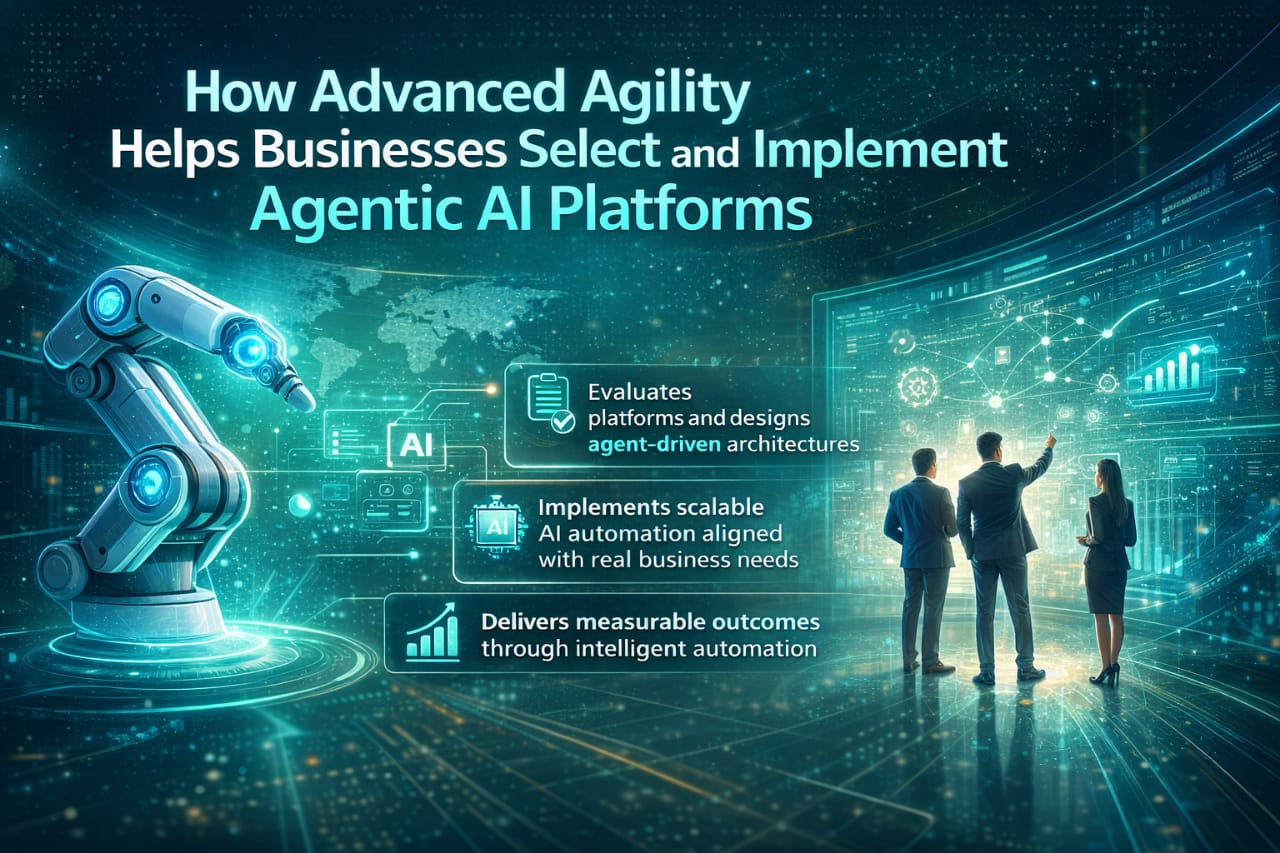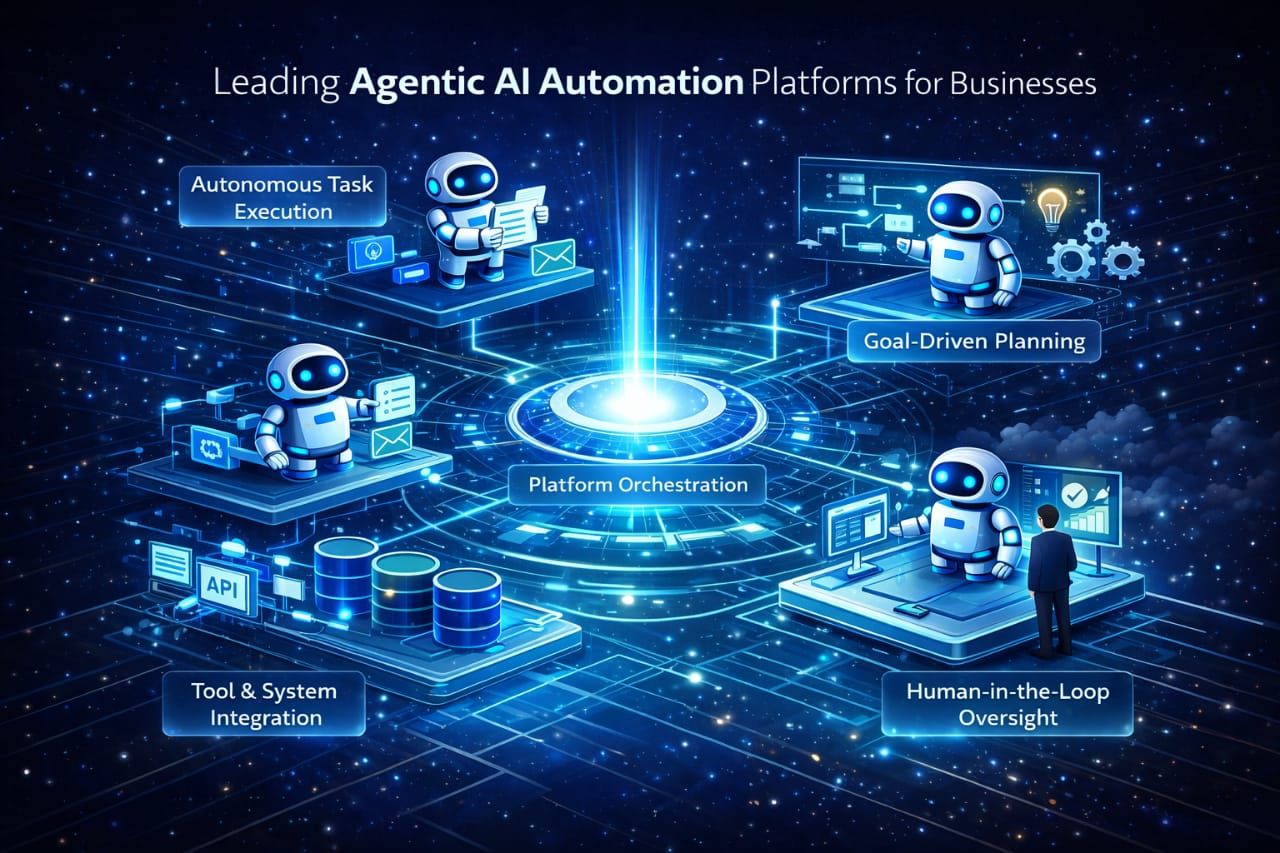
-
All Courses
-
SAFe®
- SAFe® Scrum Master
- Leading SAFe®
- SAFe® Advanced Scrum Master Path
- SAFe® Product Owner/Product Manager
- SAFe® for Teams
- SAFe® DevOps
- SAFe® Lean Portfolio Management
- SAFe® Agile Product Management
- SAFe® Release Train Engineer
- SAFe® For Architects
- Advanced Facilitator: Value Stream Mapping
- Advanced Facilitator: Conflict and Collaboration
- Advanced SAFe® Practice Consultant Path
- SAFe® for Hardware
- Implementing SAFe®
- Agile Software Engineering
- Achieving Responsible AI with SAFe®
- Agile HR Explorer
- Train The Trainer
- View More
-
AI
- Certified AI Scrum Master
- Certified AI Project Manager
- Certified AI Product Manager
- Certified AI Product Owner
- Generative AI for Beginners
- AI for Leaders & Managers
- Certified AI Business Analysts
- AI Product Management Mastery
- N8N Bootcamp
- Fundamentals of AI Agents
- Advanced Level AI Agents
- AI-Native Leadership
- AI Ethics, Policy & Governance
- AI Fluency for All
- AI Change Agents
- AI Operations & Sustainment
- AI Engineering & Safety Fundamentals
- Intro to Machine Learning
- Data Strategy for AI
- Testing & Assurance for AI Systems
- View More
- Technology
- Microsoft
- Bootcamp
- Scrum
- PMI
- Agile
-
SAFe®
- About
- Webinar
- Resources
- Help
-
Get a Certificate
Get 10% off on all our courses. Contact Us to get details
Didn't find what you need?
We'll help you find it
Call Us






